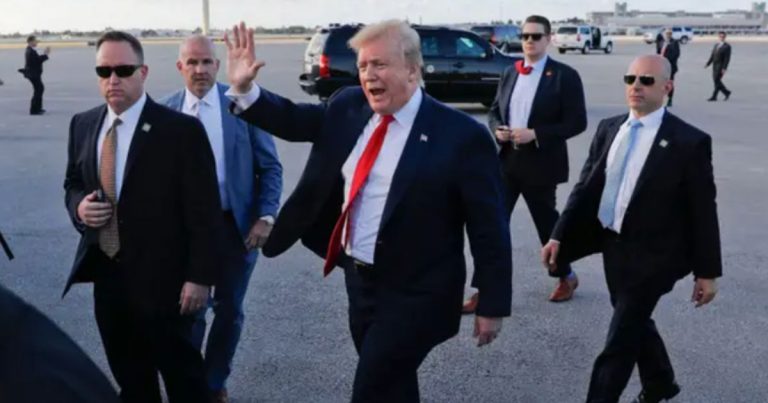Under New Plan, Trump May Return Secret Service to Treasury Department
While the Washington establishment wrings its hands over the latest manufactured crisis, President Donald Trump’s team is quietly revolutionizing how our government actually works. The changes brewing at the Treasury Department might not make flashy headlines, but they signal a return to time-tested conservative principles of effective governance.
Treasury Secretary Scott Bessent has been methodically laying the groundwork for a series of transformative reforms aimed at strengthening America’s financial security and law enforcement capabilities. The administration’s immediate focus remains on cementing economic gains through permanent tax reform. However, larger changes loom on the horizon.
In a revealing interview with WMAL Radio host Vince Coglianese, Bessent outlined an ambitious vision that extends far beyond typical Treasury operations. The plan includes a major shift that could fundamentally reshape federal law enforcement.
The bombshell? The Trump administration is planning to move the Secret Service back to its original home at the Treasury Department. This would reverse a post-9/11 reorganization that placed it under Homeland Security control. And unlike the left’s usual rush to remake government overnight, this administration is taking a measured approach.
Trump Administration’s Strategic Vision
During the White House media row, Bessent explained the careful sequencing of major initiatives:
“Our number one goal this year is passing and making permanent the 2017 tax cuts and jobs act,” Bessent told Coglianese. “I said that is pass-fail for us. And then we will move on to, I think at Treasury we can do one big thing a year and three to five important things in the same year.”
This measured approach shows what conservative governance looks like in action – methodical, effective reform rather than rushed reorganization. By prioritizing tax cuts that benefit working Americans first, the Treasury Department is building a strong foundation for more ambitious changes.
Let’s be honest – not every post-9/11 change made our government work better. The Secret Service’s hasty move to DHS in 2003 separated it from its natural home alongside America’s financial security apparatus, where it had successfully operated for over a century.
This isn’t the first time that the Trump administration has recognized this wisdom. Former Treasury Secretary Steven Mnuchin previously advocated for this change, understanding that the Secret Service’s investigative capabilities are naturally aligned with Treasury’s financial security mission. Sometimes the best solutions are the ones that worked for generations before bureaucrats decided to “fix” them.
National Security Implications
The proposed move carries significant national security implications that extend far beyond administrative reshuffling.
“Most people don’t understand, Treasury is economics but also we play a very big role in national security, whether it’s the sanctions against Iran, the Russia sanctions, keeping track of — now four Mexican cartels have been named international terrorist organizations,” Bessent explained.
By bringing the Secret Service back under Treasury oversight, the administration would create a more coordinated approach to fighting financial crimes, cybersecurity threats, and international terrorism financing. This alignment of investigative resources with financial expertise could significantly enhance America’s national security capabilities.
The timing of this revelation is particularly significant as global threats become increasingly intertwined with financial systems. From cryptocurrency-funded terrorism to cartel money laundering, the challenges facing America’s financial security require an integrated approach that combines law enforcement expertise with deep financial intelligence.
While the move would require Congressional approval, the administration’s strategic timing – planning this for the third or fourth year of Trump’s term – demonstrates a thoughtful approach to major government reorganization.
For conservative Americans concerned about government effectiveness and national security, this plan represents a return to proven principles while addressing modern challenges. By restoring traditional organizational structures and enhancing coordination between financial and security operations, the Trump administration is showing how conservative governance can make America both safer and more efficient.
The path forward will require careful navigation of Congressional approval processes and bureaucratic challenges, but the potential benefits to America’s security infrastructure make this a reform worth watching. As this administration continues to unveil its strategic vision, one thing becomes clear: sometimes the best way forward is to remember what worked in the past.
Source: The Daily Caller
